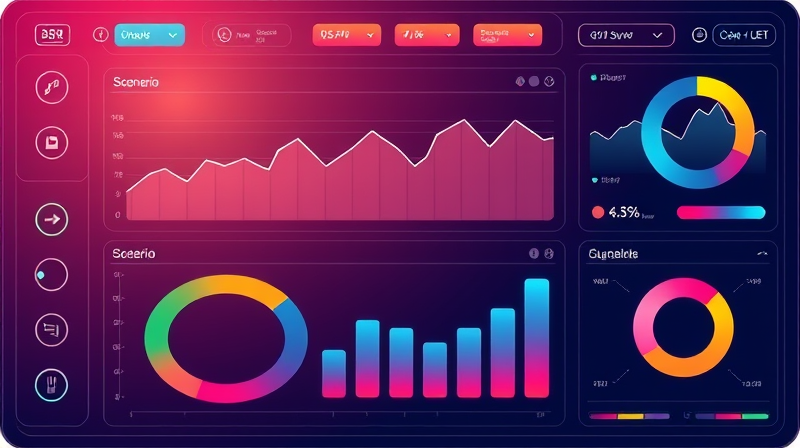
As 2025 unfolds, private equity firms are adapting to a rapidly evolving financial ecosystem. From dealmaking rebounds to regulatory hurdles, these shifts offer both challenges and opportunities for investors and managers alike.
In this article, we explore the key trends driving the industry forward and share practical insights for navigating the year ahead.
After two muted years, private equity activity began to rebound in early 2025. Q1 deal volume surged by 45% compared to the previous year, marking a clear resurgence in appetite for new investments.
This uptick is not just in volume; it’s also in scale. Large deals exceeding $500 million in enterprise value saw a significant increase, and sponsor-to-sponsor exits gained traction as firms sought to optimize portfolios and deliver returns.
Technology remains the powerhouse sector, accounting for 33% of buyout deal value and 26% of transactions in 2024. Meanwhile, crossovers in tech-healthcare innovations and a resurgence in financial services (up 92% in value) and industrials (up 81%) highlight a broadening focus.
Despite a slight decline in dry powder from $1.3 trillion to $1.2 trillion, firms face persistent pressure to find quality deals, driving more aggressive sourcing and creative structuring.
Fundraising continues to be a steep climb. Traditional commingled vehicles saw a 24% year-over-year decline in 2024, the third consecutive annual drop. Nonetheless, distribution activity has improved sentiment.
For the first time since 2015, distributions to limited partners exceeded capital contributions. This shift has elevated distributions to paid-in capital (DPI) as the most critical metric for LPs, prompting general partners to prioritize liquidity events and tangible returns.
Institutional investors such as CalSTRS and CalPERS are responding by bolstering private equity teams and increasing co-investment allocations. These strategies grant them greater participation, control, and reduced fee drag.
An intensifying focus on niche sectors is reshaping investment strategies. Rather than broad mandates, many firms are building deep expertise in targeted industries.
Emerging themes such as climate resilience, blockchain applications, and artificial intelligence are increasingly woven into new fund strategies, signaling a shift toward sustainable and tech-enabled platforms.
Refinancing activity in the US and Europe jumped nearly 80% in 2024 to approximately $380 billion, driven by maturing loans and supportive interest rate dynamics. This has unlocked capital for follow-on investments and dividend recapitalizations.
While M&A deal volume dipped by 27% year-over-year in the first half of 2024, expectations point to a rebound as rate cuts materialize and pent-up demand is unleashed. Improved IPO windows and sponsor-to-sponsor transactions offer expanded exit routes for portfolio companies.
Firms are increasingly timing their exits to capture market windows, balancing the need for DPI with the pursuit of optimal valuation peaks.
Regulatory scrutiny is intensifying, particularly around fee disclosures, performance metrics, and ESG claims. The US SEC is pushing for more standardized, transparent reporting to protect investors and ensure accountability.
Expected reforms may mandate uniform reporting on carried interest, fund performance, and ESG criteria. These requirements will raise compliance costs but also foster greater trust and comparability across funds.
Beyond reporting, geopolitical uncertainties—such as evolving tariffs and interest rate policy—remain a significant factor in deal negotiations and structuring.
Cost-consciousness and margin compression are top priorities. Many firms are preparing for potential headcount reductions and efficiency drives to protect yield in a competitive market.
LPs now favor GPs with strong, experienced leadership teams, clear carry structures, and robust internal processes. The independent sponsor model—raising capital on a deal-by-deal basis—also continues its ascent, offering greater alignment of interests.
Major firms are diversifying their product suites, exploring high-margin alternatives such as infrastructure, real estate, and credit strategies to deliver differentiated returns.
As private equity navigates 2025, success will hinge on agility, transparency, and strategic focus. Firms that can balance the pursuit of quality deals with disciplined execution will lead the market.
By staying ahead of regulatory changes, adapting to market cycles, and maintaining a relentless focus on value creation, private equity firms can transform challenges into opportunities and drive sustainable growth throughout 2025 and beyond.
References













